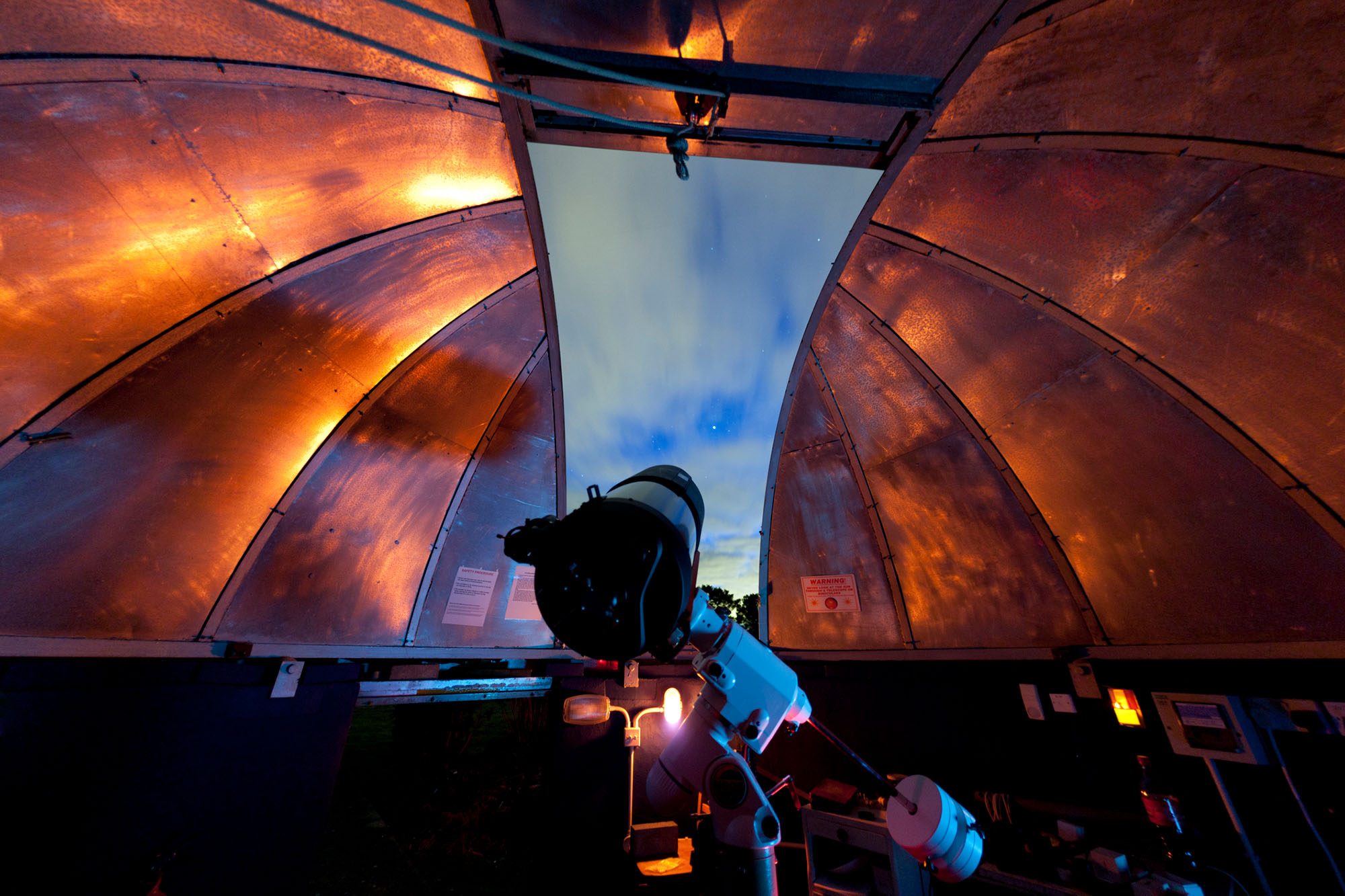It is often a moving and beautiful experience to visit an astronomical observatory. A noteworthy addition to a bucket list!
Human activities such as farming and navigation were once guided by the stars. There was a deep emotional connection with their shapes, patterns, movement, and beauty that has been largely lost in the modern age, not least because of light pollution.
You get to connect with science and nature and reboot the soul. So, how do you go about it?
Plan a Visit to an Observatory
You may be surprised to know that there are dozens of observatories across the UK that you can visit, usually on a pre-booked basis, for guided tours and a peek through high-powered telescopes.
Most areas of the UK offer a wide choice of observatories, at least until you get to remote areas. The Jim Savage-Lowden Observatory is the northernmost facility you can visit at Culloden Moor in the Scottish Highlands. Wales has observatories in Cardiff and Swansea.
Perhaps the best-known observatory in England is the Royal Observatory in Greenwich, London. This venue houses The Great Equatorial Telescope: a 28″ refracting telescope that is the largest of its kind in the UK.
The Royal Observatory is also home to the Peter Harrison Planetarium, where visitors can enjoy a projected visualization of the night sky on a domed overhead screen. Live commentary is provided by expert astronomers.
Occasionally, planetariums include live-streamed imagery, too, with photography that is broadcast directly to the planetarium from an observatory.
Timing Your Visit
Trips to an observatory should be timed to coincide with the darkest skies. Stargazing is best done around the time of a new moon. A lack of humidity and dust is good, too, which makes calm, clear winter nights the best times to view the night sky.
Visiting an observatory is an educational and uplifting experience worthy of any bucket list!











